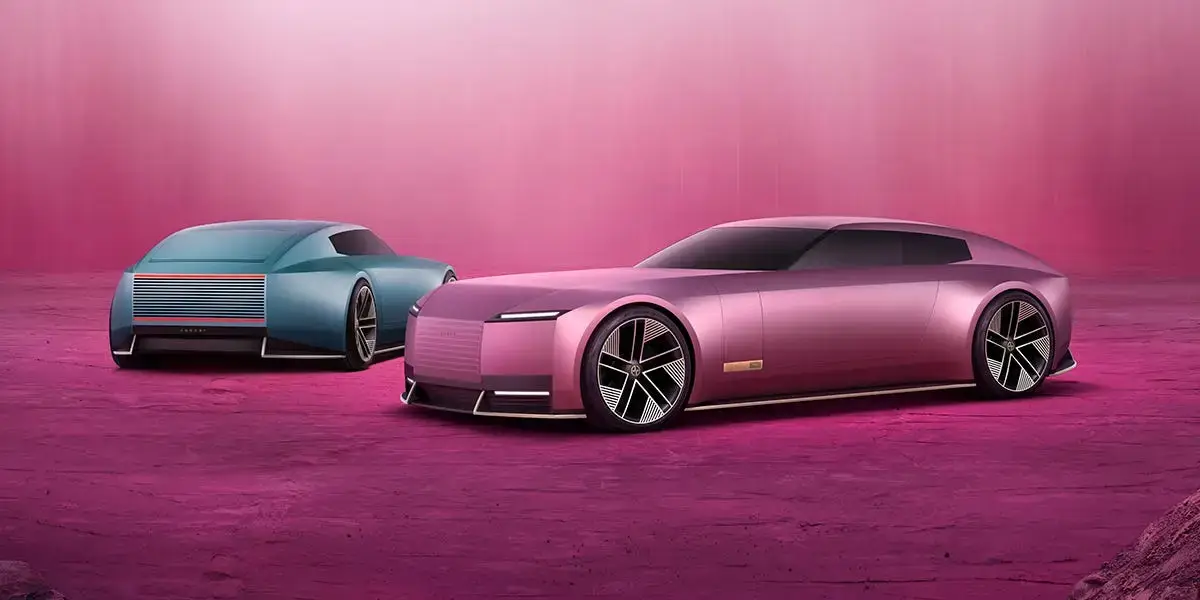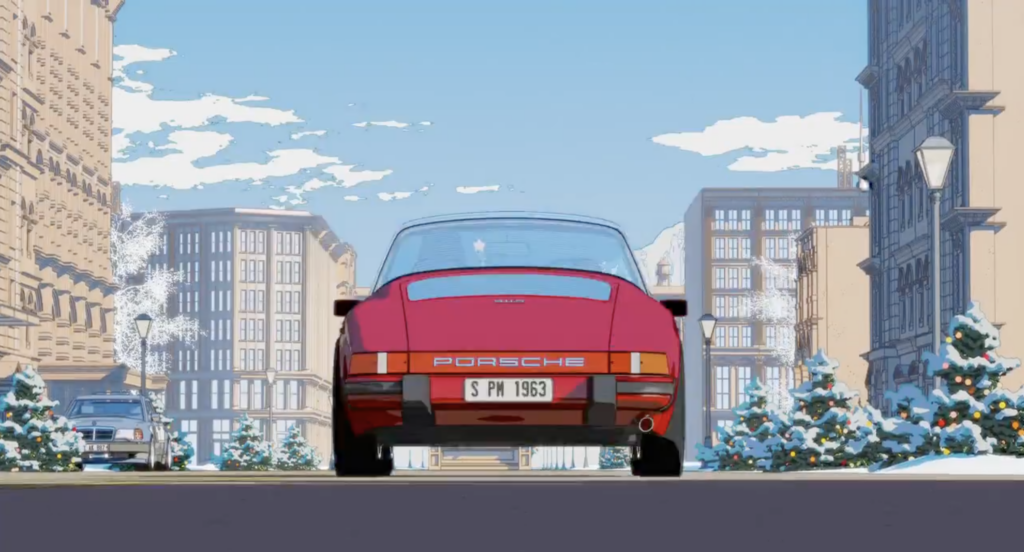You might remember when I wrote about Jaguar’s dramatic rebrand last December. I called it “the most controversial rebrand of 2024,” and for good reason: Jaguar traded its iconic leaping cat and performance-driven legacy for pastel fashion vibes and a “Copy Nothing” mantra.
Well…now we’re seeing the results. And they’re brutal.
Jaguar just posted a 97.5% sales collapse in Europe for April 2025. That’s 49 cars sold. Not 49,000. Forty-nine. Down from nearly 2,000 in the same month last year. Year-to-date sales across Europe are off more than 75%. Globally, Jaguar is selling fewer than 27,000 cars a year, an 85% drop from where they were in 2018.
It’s one of the steepest declines for a premium automaker in recent memory.
A Rebrand Without a Product
Here’s the problem: Jaguar didn’t just rebrand, it vanished itself.
While BMW and Mercedes rolled out EVs alongside their classic models, Jaguar pulled almost everything off the lot. The XE and XF sedans? Gone. The F-Type sports car? Gone. E-Pace and I-Pace crossovers? Gone. Dealers were left with almost nothing to sell except limited stock of the F-Pace SUV.
The “Copy Nothing” campaign launched in November 2024. And yet…there were no cars. Literally none shown in the launch video, just models and moody backdrops. For a car brand, that’s a staggering choice.
Case in point: Jaguar’s recent Instagram post unveiling the bright blue Type 00 concept in Monaco. It’s sleek and futuristic… but the comments say it all, with fans calling it “the way to destroy a renowned brand” and slamming the new look as disconnected from Jaguar’s roots.
Meanwhile, BMW’s EV sales are up 32% this year. Audi’s are up over 50%. Mercedes-Benz has held steady. These brands didn’t abandon their DNA; they layered innovation onto it.
Jaguar, in contrast, wiped the slate clean and left nothing behind for customers to connect with.
Heritage Matters (Even for EVs)
When I first wrote about this rebrand, I asked:
Could Jaguar have reimagined the spirit of the E-Type for a new electric generation?
That question feels even sharper now.
Heritage isn’t just nostalgia, it’s equity. It’s why Porsche can sell electric Taycans as an extension of their sports car legacy, and why Ford’s Mustang EV still feels like a Mustang. Customers need continuity to trust that a brand’s future products will live up to past promises.
Jaguar’s new approach seems to have severed that emotional link entirely. It’s as if the brand has decided that chasing fashion and identity marketing is more important than reminding drivers why they ever cared about Jaguar in the first place.
Can Jaguar Claw Its Way Back?
Jaguar execs insist this is all part of a bigger plan. They’re betting on an EV future and aiming for an ultra-luxury segment with smaller volumes. Managing Director Rawdon Glover said recently:
“It’ll be 2027 when we’re delivering cars in earnest…By 2030 electric is going to be the dominant powertrain.”
That’s a long time to stay invisible. Dealers are already struggling, and brand recognition is fading fast. In Europe, a market Jaguar once hoped to dominate, they’ve all but disappeared.
Even if the new electric Jaguars arrive in 2027 as stunning, high-performance vehicles, they’ll be trying to win back a customer base that’s long since moved on.
And that’s the cautionary tale here: A rebrand can’t just be an aesthetic exercise. It has to be anchored in products, storytelling, and brand DNA.
Jaguar’s current crisis is proof that burning your past doesn’t automatically buy you a future.
Avoid the Pitfalls of Rebranding Gone Wrong
Want to avoid Jaguar’s mistakes? At Avenue Z, we help brands evolve without losing the stories and emotional equity that make them matter. Let’s talk.






